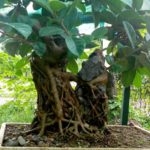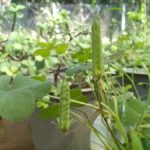According to feng shui beliefs, these types of plants should not be grown indoors as they can bring bad luck and have a significant impact on the family’s wealth.
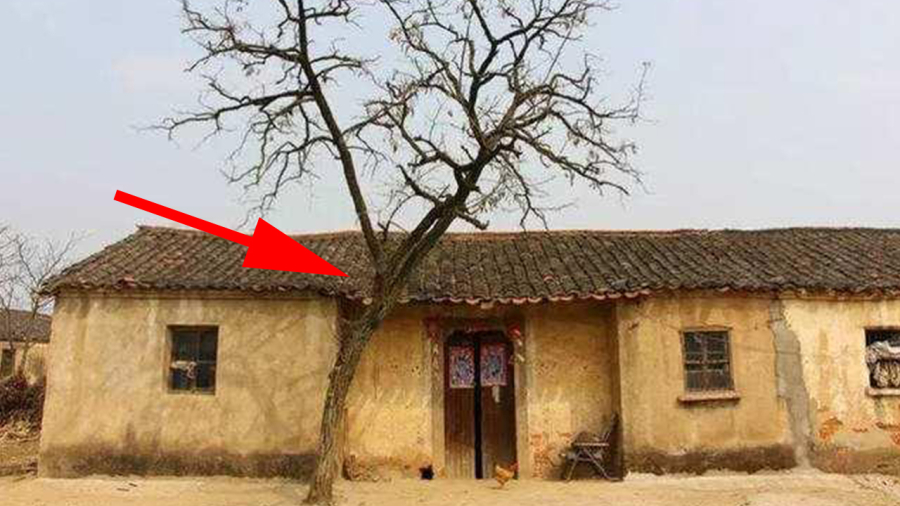
Willow Tree
In the list of plants that are considered inauspicious to grow in front of the house, the willow tree is at the top. In Chinese, the word “liu” means flowing and “lu” means dissolving. According to folklore, planting a willow tree in front of the house can lead to a decline in the family’s financial situation.
Moreover, the willow tree has always been used to symbolize the difficult and uncertain fate of women. Furthermore, according to feng shui, the willow tree belongs to the group of plants that carry negative energy. Therefore, planting a willow tree in front of a house can attract negative energy.
Spider Plant
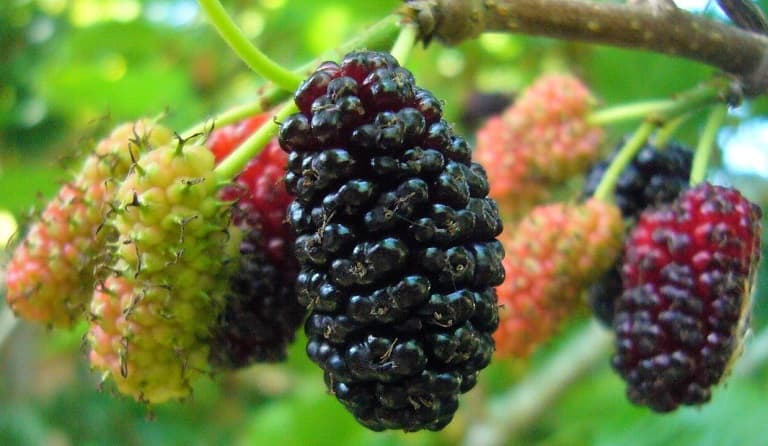
In folk belief, the spider plant is considered a symbol of endings and represents a lack of luck, as the Chinese word for “spider” sounds similar to the word for “funeral.” Therefore, planting a spider plant in front of the house is not recommended.
Additionally, the spider plant is also believed to have the ability to ward off evil spirits. However, if the spider plant is planted in front of the house, it can also repel positive energy and create unfavorable conditions for wealth and prosperity.
Jackfruit Tree
It is often said: “Jackfruit carries ghosts, banyan trees carry spirits.” This brings to mind the idea that planting jackfruit trees in front of the house can attract negative energy and become a refuge for ghostly spirits. Therefore, planting jackfruit trees in front of the house can affect the health of both the homeowner and the other family members. Hence, to avoid negative effects, homeowners should consider not choosing this type of tree to plant in front of the house.
Pear Tree
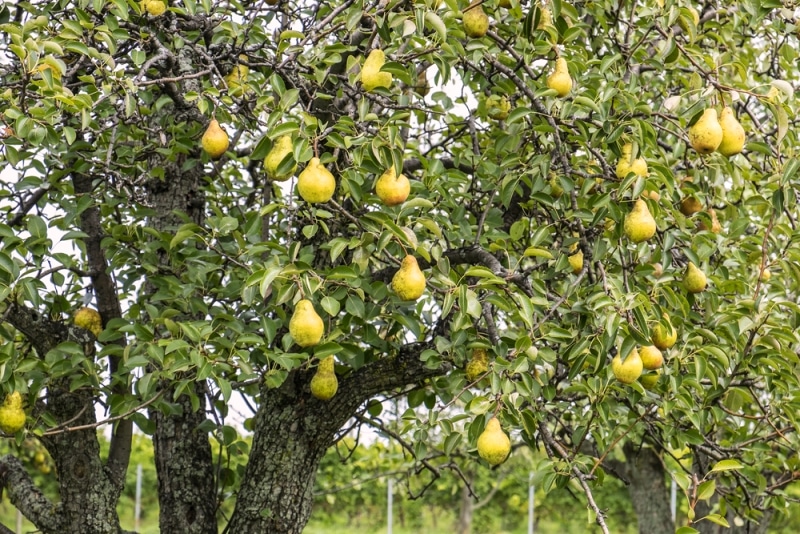
Why a pear tree? In reality, it has a certain meaning. We all know that in Chinese, the word “li” means both pear tree and separation. Because the pronunciation of the pear tree is not good, it is believed that planting a pear tree actually has a negative connotation. Planting a pear tree is synonymous with a family having to bear the pain of separation.
Yang Tree
The yang tree was once a relatively common tree in rural areas because the sound of the wind blowing through it resembled the sound of clapping hands, hence it is also called the “clapping hands ghost.” The ancients believed that the yang tree was also a tree with heavy energy, and planting a yang tree in the yard could make the family poor and decline. And when you are sleeping at night, hearing the sound of the wind blowing through the yang tree for a long time can also affect insomnia.
So what plants should you grow at home that are good for the homeowner?
Jade Plant
Jade plant is a succulent that retains water well in its leaves, similar to a cactus. It is one of the most popular feng shui plants in Vietnamese households.
According to feng shui, the jade plant symbolizes luck and friendship. Having a jade plant in the house or office is considered auspicious. The jade plant has vibrant and long-lasting green leaves, so it is often used as a symbol of growth and renewal. The leaves of the jade plant have a color similar to jade – a gemstone symbolizing wealth and prosperity.
Happiness Plant
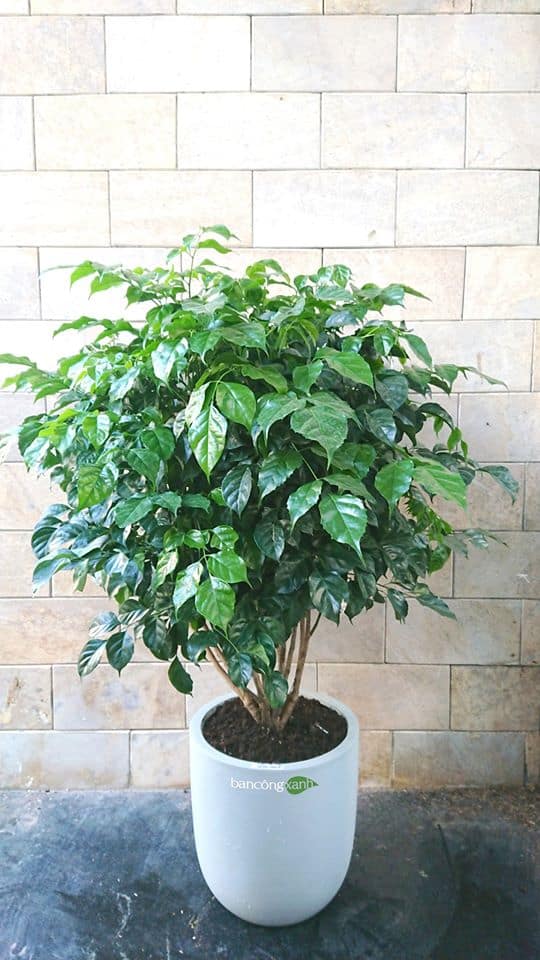
The happiness plant is also a popular plant because of its beautiful name and its sweet meaning. Placing this plant in the living room is considered to bring luck and good fortune to the household, so it is favored by many people.
The happiness plant has a predominant green color, symbolizing faith, and intense hope in life. Planting the happiness plant in the house represents the sophistication and uniqueness of the homeowner’s personality. The happiness plant is tall and beautiful.
Pine Tree
The pine tree symbolizes longevity, luck, and wealth, making it a favorite for wealthy families to plant in their homes.
The pine tree is believed to bring prosperity and wealth to homeowners because it is a resilient tree that can withstand any weather conditions, always staying healthy and providing shade. This also symbolizes continuous growth, overcoming all obstacles, and bringing abundance to life.
Sandalwood Tree
In the past, sandalwood furniture and toys were made exclusively for wealthy families, royalty, and nobility, which ordinary people could not afford.
Sandalwood is a precious wood known for its purifying and detoxifying properties to cleanse the air, create feng shui, and relax the mind with its gentle and delicate woody scent, bringing good luck to everyone. Therefore, sandalwood has long been chosen to carve statues of the Buddha in Eastern culture.



























